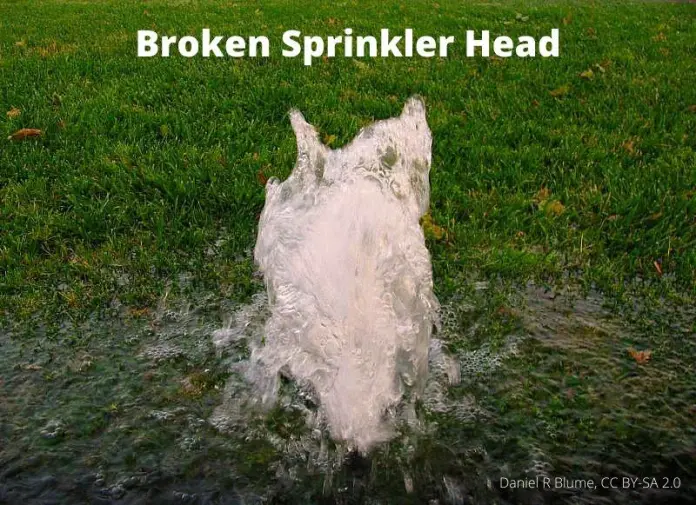By Barbara Brown, Denton County Master Gardener
The Texas Water Development Board in its 2020 Report found that almost 50% of water use in North Texas is for single-family residences with a high usage uptick in the summer to water our lawns and landscape plants.
With the rapid population growth in Denton County housing, it is obvious that we will need more water reserves or face usage restrictions. To have enough water, we can build more reservoirs, modify existing infrastructure or implement conservation practices. According to their report, “Of all the identified strategies to ensure our future water supply, conservation is often the least expensive.”
“Over 50% of landscape water is wasted due to overwatering, inefficient watering practices and broken or poorly maintained irrigation systems,” says the Upper Trinity Regional Water District. To optimize an irrigation system’s performance, owners should routinely check the heads for breakage, clogging or missing heads. Check the water pressure and coverage at each head. You may want to use a certified irrigation inspector for the component check that should include the isolation and drain valve, backflow and zone devices, sensors and control panel.
Whether you are creating a new landscape or are adding plants to an existing one, select plants that are water smart, meaning they are comfortable growing under North Texas typical conditions and do not require excessive supplemental water. For ideas on which plants are attractive and sustainable, see the evaluations in the Texas Smartscape plant database. And, check out the Texas Superstar Plants list for expert assessments of growing success and relatively low water needs.
Do not water too much or too often. Generally, one inch of water per week is all that is needed to keep your landscape healthy and beautiful, except during the hottest weeks of summer.
If you are using an overhead sprinkler rather than an irrigation system, check the amount of water delivered with a simple can test. Place several small empty cans around the area being watered. Cat food or tuna cans work well for this. Note the start time. Run the sprinkler until the cans are full, meaning one inch of water in the can. How long did that take? That’s the amount of time you should set your sprinkler to water that area.
If you have a dedicated vegetable, herb or landscaped area, consider adding a drip irrigation system, which uses less water than a sprinkler. A typical drip system includes isolation and control valves, a backflow preventer, filter, adapter, emitters, connecting pipe and tubing. The drip tubing lays on the ground in your bed with emitters placed by the plants or evenly spaced.
Adding a three-inch layer of mulch around your vegetable and landscape plants also reduces water consumption by retaining moisture and moderating soil temperatures so that less water is lost to evaporation.
Let’s all do our part to save water and save money!





















